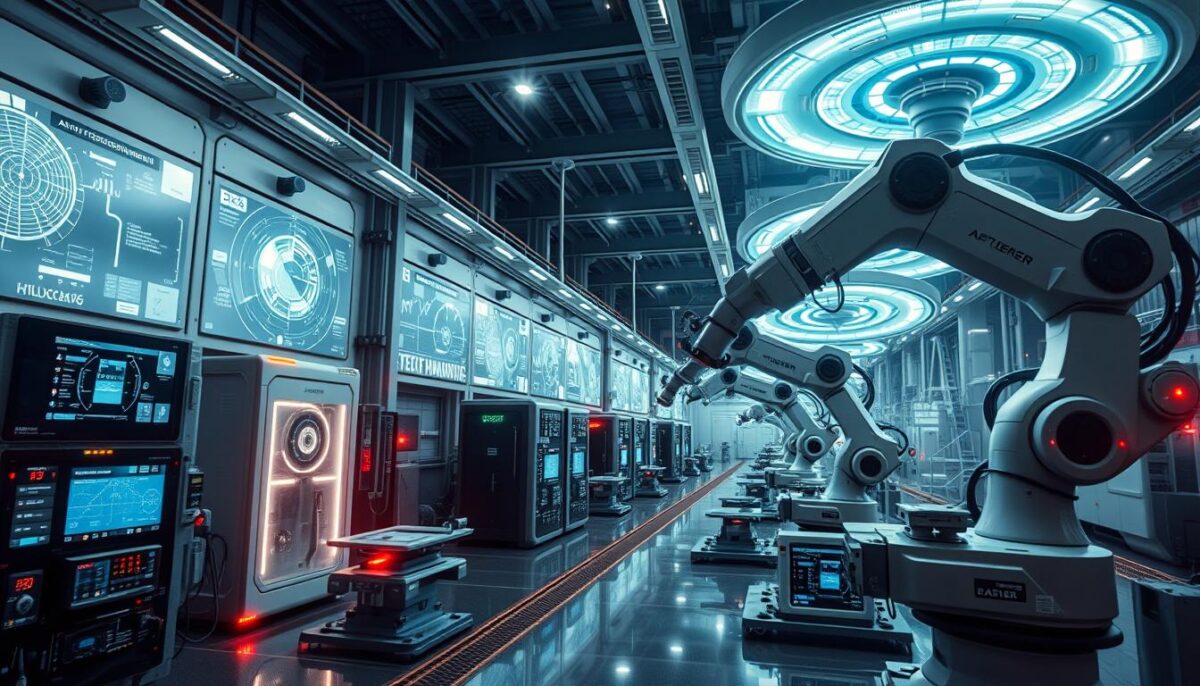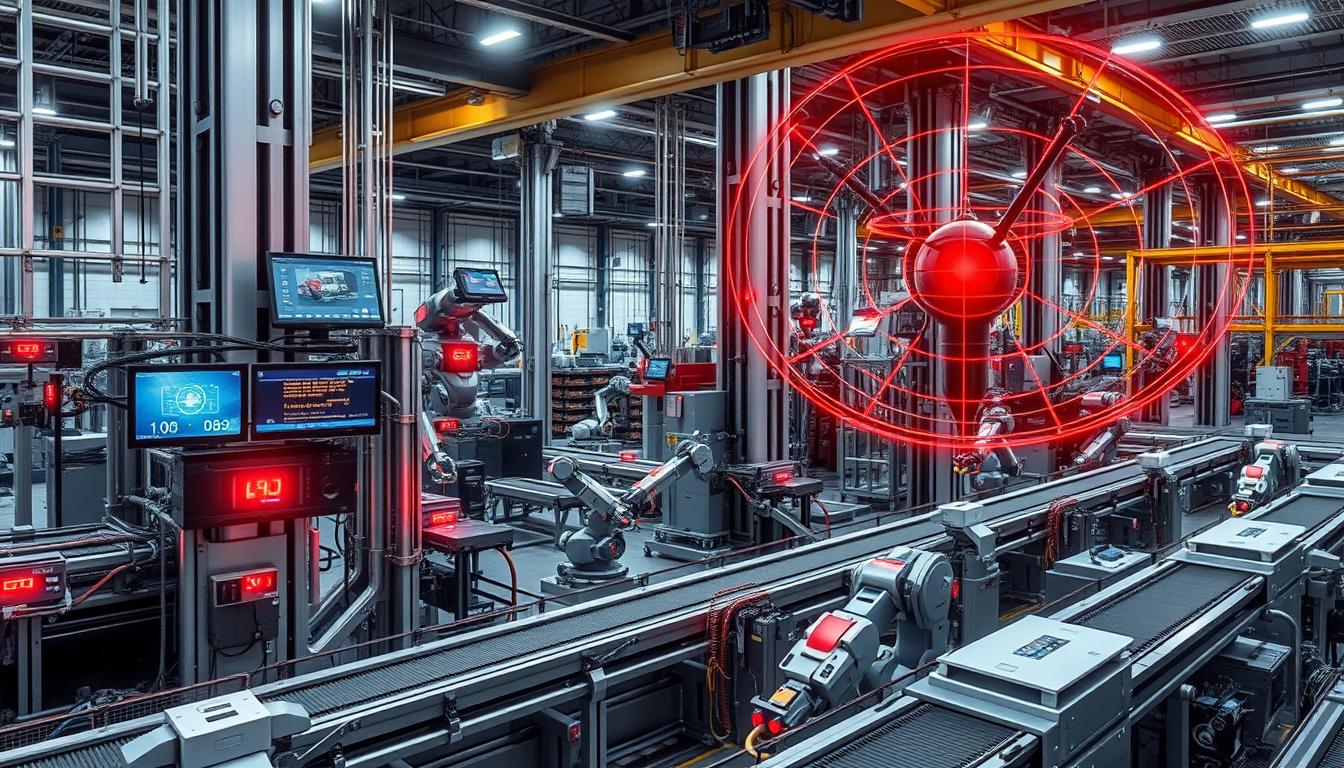In the realm of industrial automation, radar solutions are emerging as game-changers, harnessing advanced technology to enhance operational efficiency and precision. As industries face increasing demands for reliability and reduced downtime, integrating radar technology into various processes offers a strategic advantage. Companies like Siemens and Honeywell are leading the way, showcasing how radar can transform complex environments into highly efficient operations. By leveraging these innovative solutions, businesses can make better decisions and drive productivity, marking a significant shift in the future of industrial automation.
Understanding Radar Solutions in Industrial Automation
Radar technology plays a crucial role in industrial automation, utilizing electromagnetic waves to detect objects and measure distances with impressive accuracy. By transmitting waves and interpreting the returned signals, radar systems can perform complex tasks such as monitoring moving objects and ensuring optimal operations in various environments.
The Basics of Radar Technology
At its core, radar technology revolves around the transmission of electromagnetic waves. These waves bounce off objects and return to the radar system. Distance measurement is achieved by evaluating the time it takes for the signal to return. This principle forms the foundation of effective radar applications, especially in environments where visibility is limited.
Key Components of Radar Systems
Radar systems consist of several key components, each essential for their operation:
- Transmitters: Generate and send out electromagnetic waves.
- Receivers: Capture the reflected signals from objects.
- Antennas: Play a vital role in directing and receiving the waves.
- Signal Processing Units: Analyze the received signals to derive meaningful data.
These components work synergistically to ensure radar systems operate efficiently, enhancing the advantages of radar in industrial applications.
How Radar Differs from Other Sensors
When comparing radar vs sensors like LIDAR and ultrasonic devices, distinct differences emerge. Radar technology outperforms many sensor technologies in challenging environments, particularly in low visibility conditions. Radar can penetrate fog, smoke, and other obstructions, making it invaluable in various industrial applications where clarity is essential. The following table highlights a comparison between these sensor types:
| Feature | Radar | LIDAR | Ultrasonic |
|---|---|---|---|
| Range | Up to several kilometers | Up to several hundred meters | Up to a few meters |
| Visibility Conditions | Works in low visibility | Limited by fog and rain | Limited by environmental noise |
| Applications | Level measurement, object tracking | Mapping, obstacle detection | Proximity sensing |

Revolutionizing Industrial Automation with Radar Solutions
Radar solutions are making significant strides in enhancing operational efficiency across various industries. By addressing the challenges posed by complex environments, these innovative technologies provide impactful benefits. Organizations increasingly recognize the crucial role of radar technology applications in streamlining processes, improving safety standards, and enhancing operational safety features.
Enhancing Efficiency in Complex Environments
Radar systems excel in managing intricate industrial settings, allowing organizations to achieve optimal operational efficiency. The capability for continuous monitoring ensures adjustments can be made in real-time, which is essential for robust logistics and inventory management. This adaptability is particularly evident in sectors such as manufacturing and marine, where conditions can frequently change.
Improving Safety and Accuracy in Operations
Safety in industry remains paramount, and radar technology contributes significantly to enhanced safety standards. Applications such as collision avoidance sensors for automated machinery demonstrate how radar accuracy protects personnel and assets. Statistics reveal marked reductions in accidents where such radar implementations are utilized, reinforcing the importance of operational safety features in contemporary industrial practices.
Applications of Radar in Various Industries
The versatility of radar applications spans multiple sectors, making it a vital asset in modern industrial automation. Examples include:
- Manufacturing: Integration for monitoring production lines.
- Aerospace: Usage in aircraft navigation systems.
- Automotive: Implementation in advanced driver-assistance systems.
- Marine: Employing radar systems for vessel traffic management.
Each of these industries leverages radar technology to improve control and automation processes, resulting in enhanced productivity and a reduction in operational risks. Innovative uses of radar continue to emerge, demonstrating the evolving landscape of industrial automation. These advancements solidify radar’s position as a cornerstone technology in achieving higher standards of efficiency and safety.
The Future of Industrial Automation with Radar Technology
As the landscape of industrial automation trends continually evolves, the future of radar technology is set to play a pivotal role in these advancements. Imagine a world where radar systems are seamlessly integrated with artificial intelligence and machine learning, enabling predictive analysis and facilitating proactive decision-making. This integration promises to enhance operational efficiency and drive innovation across various sectors.
Ongoing research is unlocking new capabilities within radar technology, driving improvements in precision and reliability. These advancements are not merely incremental; they herald a transformative shift in how industries utilize sensors for monitoring and control. With radar solutions becoming increasingly sophisticated, companies are poised to tap into new applications that will further revolutionize their processes.
As we look ahead, the possibilities for radar technology in industrial automation are vast. From smart manufacturing to autonomous vehicles, the potential for growth is immense. By embracing these advancements, companies will not only enhance their operational capabilities but also ally themselves with the future of radar technology, ensuring they remain competitive in an ever-changing marketplace.




